How to Experience Mexico's Day of the Dead Festival
Celebrated in towns and cities all over the country, Mexico’s famous Día de los Muertos festival is colorful, magical, and often extremely crowded. Cassandra Brooklyn, who has led many Day of the Dead tours in Mexico over the years, shares what to know when planning your trip.
 Photo © Cassandra Brooklyn
Photo © Cassandra Brooklyn
Mexico is well-known for its fabulous food, culture, and festivals, none of which are more famous than its annual Day of the Dead celebrations.
For years, I enjoyed attending Día de los Muertos festivals from Tijuana to Cancun so much that I began organizing Mexico City Day of the Dead tours for my small tour company.
While you’ll find Day of the Dead festivals across South America and anywhere there is a large Mexican population – including in countless US cities – there is no better place to experience Dia de los Muertos than in Mexico itself, where massive celebrations occur in every corner of the country.
Here’s what you need to know about Día de los Muertos.
- What is Day of the Dead?
- How does Mexico celebrate Day of the Dead?
- How travelers can celebrate Day of the Dead in Mexico
- Where to experience Day of the Dead in Mexico
- Día de los Muertos travel tips and etiquette
What is Day of the Dead?
Translated directly from Día de los Muertos, Day of the Dead is a Mexican celebration of the deceased that is traditionally held on November 1 and 2, though many places also celebrate October 31. Note that while the festival takes place around the same time as Halloween – and many travelers incorrectly assume they are part of the same celebration – the two events are completely separate. Day of the Dead is rooted in ritual and history and its purpose is to honor departed loved ones – a far cry from the candy and costumes that most people associate with Halloween.
In what is now Mexico, ancient Aztecs believed that when a person died, they journeyed to the underworld. So, the Aztecs left offerings (known in Spanish as ofrendas) at altars to help the dead on this journey to the afterlife. Spanish conquistadores, who invaded in the 16th century, brought with them Christianity, including Christian celebrations like All Saints Day, which is also known as All Souls Day or Hallows Eve. Day of the Dead is the result, combining the indigenous tradition of celebrating the dead with the Christian celebration of All Saints Day.
How does Mexico celebrate Day of the Dead?
Today, families continue the ofrenda tradition by building altars in their home, and cities and municipalities around the country also build altars. Many businesses – from restaurants and bakeries to pharmacies and clothing boutiques – set up altars, which can be quite elaborate. Bakeries and supermarkets prepare pan de muerto (bread of the dead), which is often decorated with bones and skulls.
Families place photos of the deceased loved one(s) on altars, along with candles to help guide the spirits back home from the afterlife. They often prepare their ancestors’ favorite foods and add cherished belongings, such as books or instruments, to the altar.
Bright orange and yellow marigolds, or cempazuchitl, played a role in Aztec legends and now decorate nearly every Day of the Dead altar, as their scent is believed to attract the dead. Markets across Mexico will be filled with the flowers, lending to the colorful nature of the celebration.
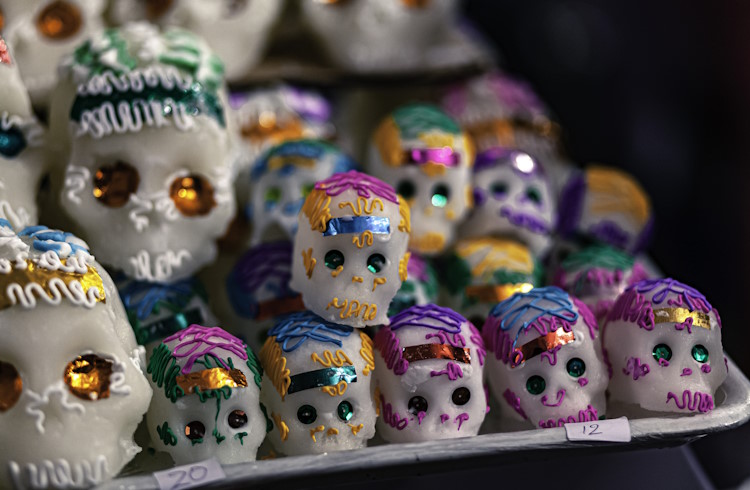
Markets, shops, cemeteries, and homes are also decorated with mini coffins, butterflies, calaveras (skulls), papel picado (pierced paper bunting), calacas (papier-mâché skeletons) and other mementos. Local artists offer face painting on the street and vendors sell flower crowns and masks to locals and tourists alike.
Families decorate the graves of loved ones with flowers (including marigolds), skulls, candles, and photographs, and they visit the cemetery at night for graveside picnics and parties. They bring homemade food, pan de muerto (either homemade or store-bought), and traditional Mexican drinks like tequila or pulque, a fermented agave drink. Families sing, play music, and speak to their loved ones to show them love, honor, and respect. You’ll even see mariachi bands in cemeteries during Día de los Muertos.
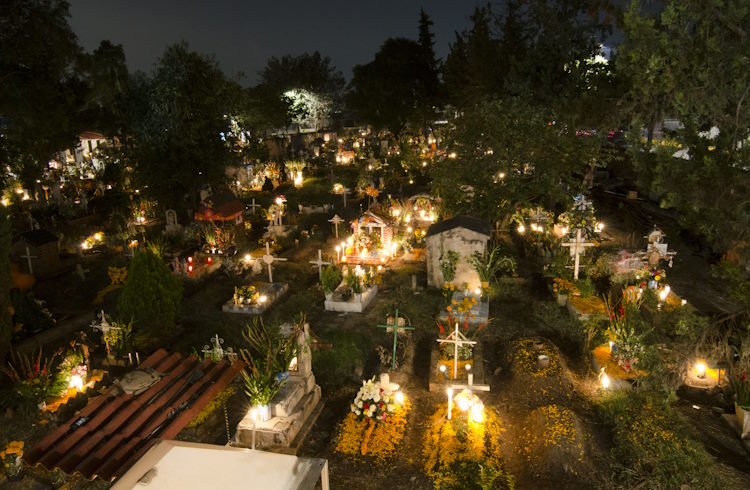
How travelers can celebrate Day of the Dead in Mexico
Day of the Dead is a multi-day celebration that will manifest itself a bit differently across various cities and regions in Mexico. Just being in the country and being surrounded by colorful altars and massive marigold displays can make your visit extra special.
If it’s important to you to celebrate Day of the Dead in Mexico, determine what region you plan to visit and look into the specific schedule of activities in that area, which can change year to year.
Mexico City, where I organized Day of the Dead tours for five years, is well-known for its enormous Day of the Dead parade. While the parade is a very new part of the celebration (it was inspired by a similar, fictional parade in the 2015 James Bond movie, Spectre), it’s become one of the biggest Day of the Dead draws in Mexico. Keep in mind that the parade is sometimes not announced until a couple of months before Day of the Dead and it often occurs the weekend beforehand. If you want to catch it, you’ll need to arrive early.
Where to experience Day of the Dead in Mexico
Día de los Muertos is celebrated across Mexico, from tiny towns and rural villages to the mega metropolis of Mexico City.
Mexico City
If you’ve never visited Mexico, personally, I think Mexico City is the best place to attend the celebration because you’ll also get to experience the city’s extraordinary art, architecture, and museums, not to mention the fact that you’ll be near Teotihuacan, the 3rd largest pyramid in the world. For the actual celebration itself, head to Xochimilco or Mixquic, on the outskirts of Mexico City.
Oaxaca
Oaxaca is one of the most popular places to attend Day of the Dead in Mexico because the celebration is large, authentic, and the city itself is stunning. Oaxaca receives tons of tourists during Day of the Dead, partly because of the city’s famous food and easy access to ruins (Monte Alban), calcified waterfalls (Hierva el Agua), and mezcal distilleries.
Michoacán
Michoacán may not be as well-known outside of Mexico as are Mexico City and Oaxaca but it’s one of the best places to celebrate Day of the Dead. In the colorful colonial city, Morelia, visitors flock to Lake Pátzcuaro, which the indigenous Purépecha believed to be the underworld.
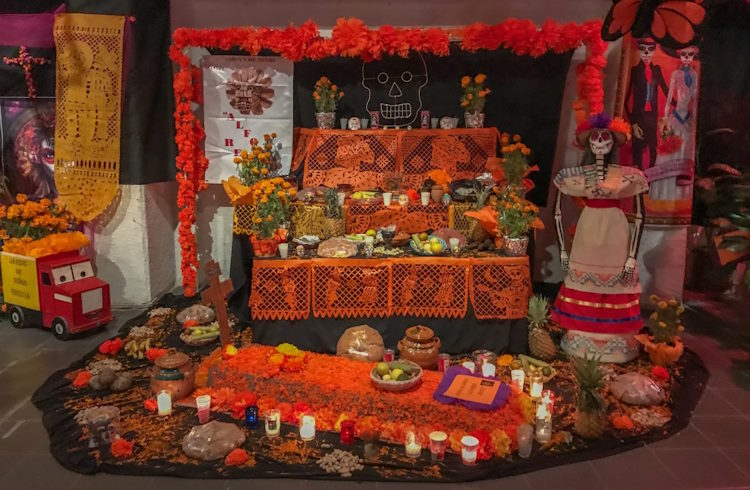
While the places listed above have some of the biggest and best-known Day of the Dead celebrations, know that you will find dancing, decorations, and celebration anywhere in Mexico over November 1-2. The first Day of the Dead celebration I attended in Mexico was in Tijuana, where I wandered around streets and cemeteries, floating in and out of buildings and plazas, following the sound of a song about La Llorona, or crying woman.
If you have another reason to visit Mexico, you could plan the trip around Day of the Dead and attend whatever activities are going on in that city. I once scheduled my advanced scuba diving certification in Playa del Carmen around Day of the Dead so that I could attend local celebrations. The festivities were not nearly as large as they were elsewhere, but it was a nice compliment to the diving-focused trip that I was seeking.
Día de los Muertos travel tips and etiquette
- Plan for crowds. Day of the Dead is far from a secret so expect to find major crowds, especially in places like Mexico City and Oaxaca. Plan your trip well in advance and expect to pay higher prices for flights and accommodations. Crowds can get extremely thick and I’ve seen travelers prone to anxiety nearly face panic attacks when they struggle through densely-packed streets, churches, and cemeteries.
- Plan for traffic. If you’re attending celebrations far from the city center (as is the case for Mixquic in Mexico City), expect very heavy traffic. While you won’t struggle to find a taxi to take you there early in the evening, it may be a challenge to find a cab back late at night.
- Be respectful. While visitors are welcome to walk through cemeteries and many families enjoy showing off the elaborately decorated graves of their ancestors, be careful not to step on the graves themselves. Also, understand that people who have spent many hours and significant amounts of money developing their costumes and applying makeup are very happy to pose for pictures, but they expect – and deserve – to be tipped in exchange.
Related articles
Simple and flexible travel insurance
You can buy at home or while traveling, and claim online from anywhere in the world. With 150+ adventure activities covered and 24/7 emergency assistance.
Get a quote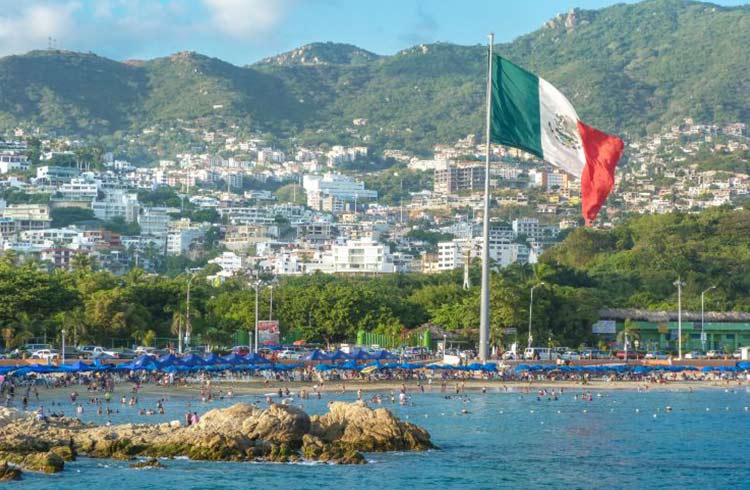
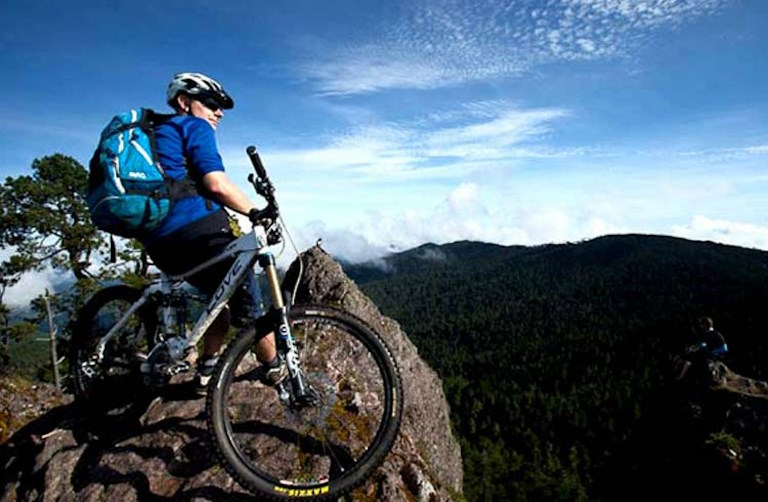
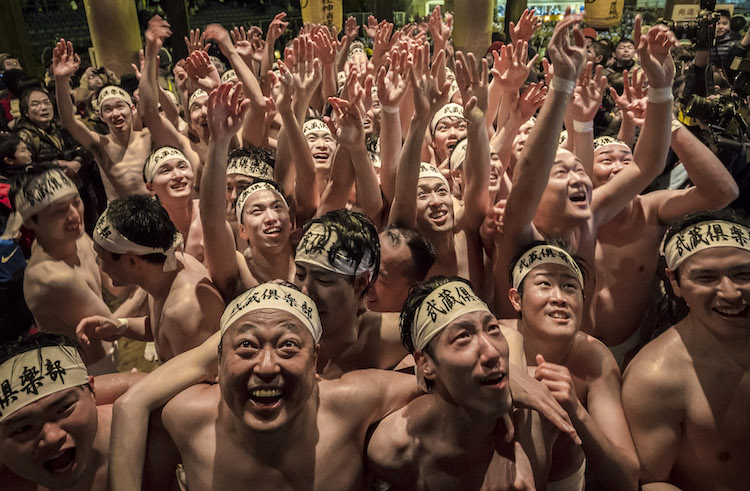
4 Comments
An "authentic" location is where 100,000 tourists arrive to gawk!??
Pretty sure it's been comercialized, then..
Hola!, I´m mexican, and very interesting in the celebration of the souls (day of the death). I was reading what you wrote about Pomuch, and this enigmatic town is in the state of Campeche.
I live in Bacalar, Quintana Roo, in the Península of Yucatán. I was in Pomuch 4 years ago and in the mayan tradition is called Hanal Pixán (Food for the Souls); the bread from this town is very famous in the area and specially in this days, one of them is Pan de Pichón, inside with ham, cheese and chile jalapeño.
Another good and interesting place to go is in Aguascalientes, to the Festival de las Calaveras, from there is Guadalupe Posadas (you can search him in the internet).
Gracias :)
Sergio Tohtli
Nomad Freelance Photographer
Tlatemoani Ye Nelhuatl
Hi, just wanted to say Pomuch is actually in the state of Campeche, and not in Yucatán. Another place worthy checking out is Naolinco, in Veracruz, and neighboring towns. During the festivities most locals open up their houses and let people take a peek at their altares, and invite them tamales and champurrado. People also dress up, attend masses as well as the cemetary, and decorate the whole town with Catrinas. The place fills up with people but the atmosphere is most joyful.
Looks amazing - definitely on the wish list and I'm now currently researching trips!